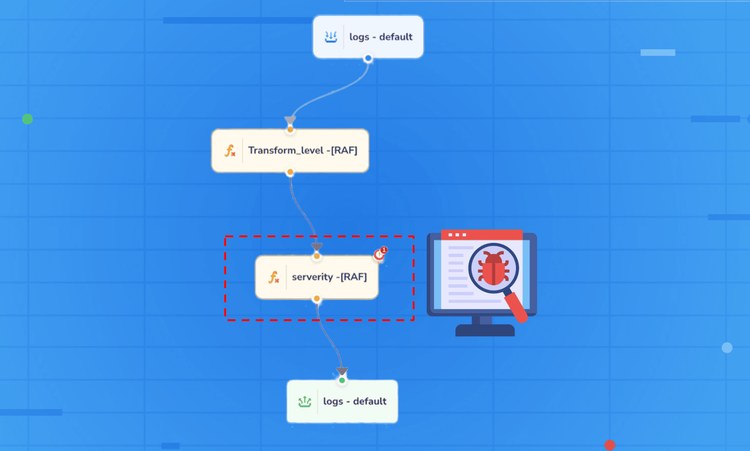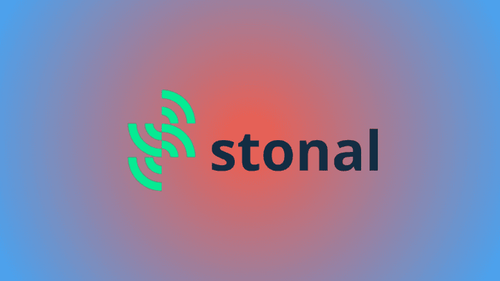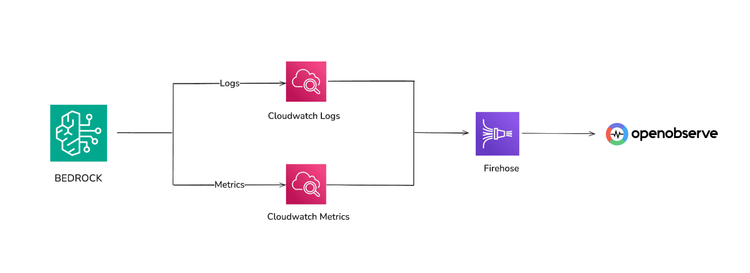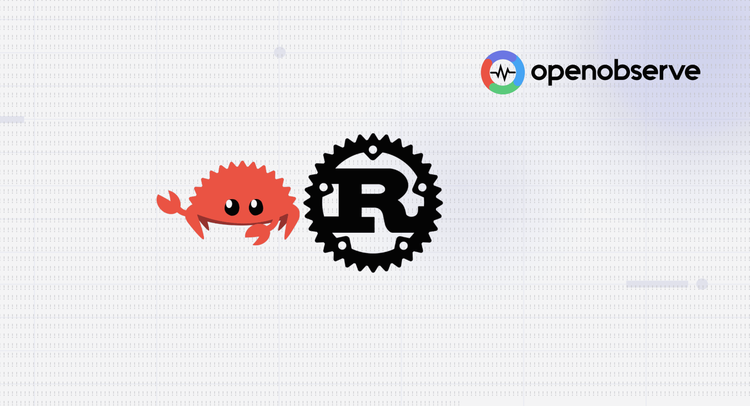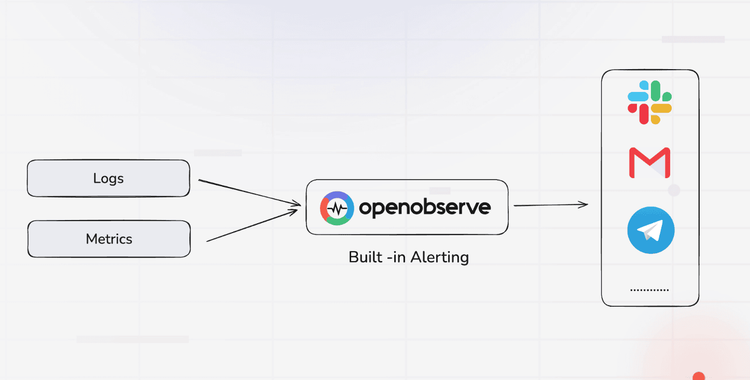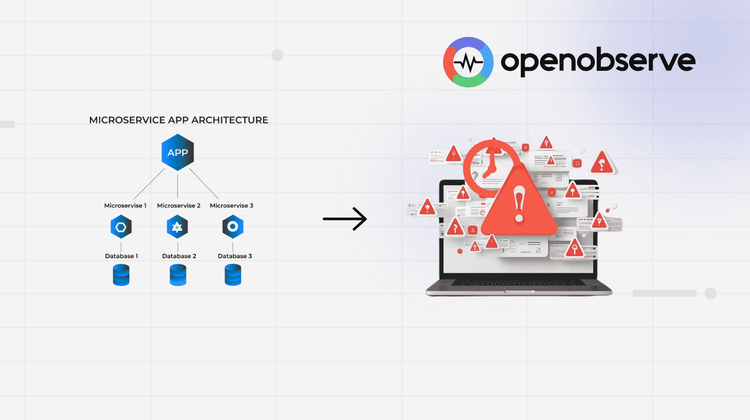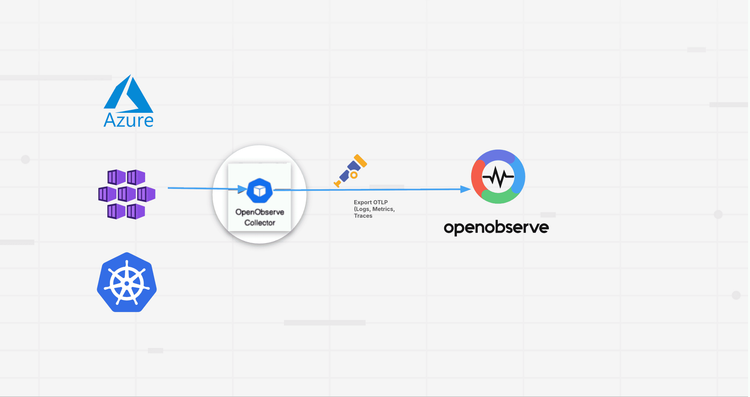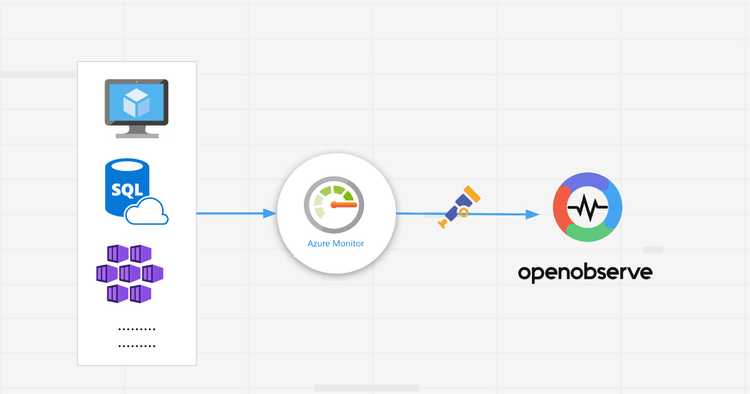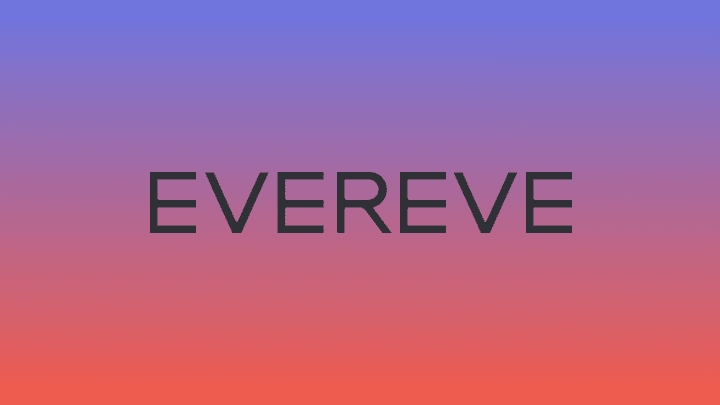
About Evereve
Evereve is a 20-year-old women's fashion retailer founded by husband-and-wife co-CEOs Mike and Megan Tamty. Starting with a single store in Edina, Minnesota, the company has grown to over 130 stores nationwide, employing more than 3,000 people across their retail locations and approximately 150 employees at their home office. Aaron Bell, Principal Systems Engineer & Cloud Architect, joined Evereve seven years ago and has been instrumental in modernizing the company's technology infrastructure, wearing multiple hats from SecOps to NetEng to DevOps while serving as the resident observability expert. Recently, Evereve completed a major technological transformation, migrating their entire e-commerce and point-of-sale systems in just six months.
The Challenge
When Aaron Bell joined Evereve, the company's approach to monitoring was a pretty rudimentary system that posed significant risks to business operations and customer experience. To address this critical gap, Bell initially implemented Datadog for monitoring essential properties including their e-commerce platform and Celerant ERP database. However, this solution quickly revealed fundamental limitations that threatened both operational efficiency and financial sustainability.
The most pressing issue was Datadog's prohibitive cost structure for custom metrics. Any monitoring data that didn't fit within Datadog's predefined parameters incurred substantial additional charges, forcing the team to constantly question not whether they could monitor something, but whether they should, a decision invariably influenced by cost rather than operational necessity. This limitation was particularly problematic for a 20-year-old company with unique business processes and "Evereve-specific" monitoring requirements that demanded custom metrics.
To work around these constraints, Bell stood up a parallel monitoring infrastructure using Prometheus with Grafana as the frontend and Loki for log aggregation. While this provided flexibility for custom metrics without the associated costs, it introduced new challenges. The self-hosted stack required significant local block storage, created operational overhead for maintenance, and presented a steep learning curve that deterred wider adoption across the technology team. The technical complexity meant that only Bell and a handful of developers actively consumed the monitoring data, limiting the value of observability insights across the organization.
Perhaps most critically, as Evereve accelerated its modernization efforts and moved toward more SaaS-based solutions, neither system adequately addressed their evolving needs. The team found themselves managing multiple disparate monitoring platforms, with the e-commerce team using New Relic and their Trendsend subscription service utilizing AppSignal, creating silos of observability data that prevented comprehensive system visibility.
The Solution with OpenObserve
After evaluating multiple observability platforms over the course of a year, Evereve selected OpenObserve based on its unique combination of simplicity, flexibility, and cost-effectiveness. The decisive factor was OpenObserve's approachability, within just 15 minutes, Bell had a full web UI and API ingesting data from multiple sources, compared to the hours or days required by other platforms. "By far, and it's not even really close, OpenObserve has the fastest time from 'I don't know anything about this' to having a full implementation," Bell stated.
The platform's elegant storage model using object storage with exceptional compression capabilities immediately addressed Evereve's core challenges. OpenObserve's ability to compress 3 terabytes of audit log data down to just half a terabyte while maintaining blazing-fast search speeds proved the platform could handle any scale of data Evereve might generate. This performance gave Bell the confidence to tell teams across the organization to "go wild" with their monitoring needs without worrying about cost or performance implications.
"I don't worry about cost. I don't worry about performance because we really kicked the tires on this - we took it out on the racetrack and ran it around," Bell explained. The integration with Vector as a companion tool filled any gaps in data collection, providing sources and sinks for all of Evereve's diverse use cases.
Critically, OpenObserve transformed the fundamental question around monitoring from "should we monitor this?" to "can we monitor this?", with the answer invariably being yes. The platform's robust RBAC (Role-Based Access Control) capabilities enabled Bell to provide different teams with their own organizations or shared spaces without concerns about sensitive data exposure, while the seamless upgrade process that never broke existing implementations provided peace of mind for long-term stability.
Key Results
OpenObserve's implementation delivered transformative results across both technical and business dimensions. The platform successfully consolidated monitoring from multiple disparate systems including Datadog, New Relic, AppSignal, and self-hosted Prometheus/Grafana stacks, all into a single unified observability platform. This consolidation eliminated the silos that had previously prevented comprehensive system visibility. The financial impact was equally dramatic. Evereve reduced their observability costs from Datadog by > 90%, including significant efficiency gains regarding object storage costs. This calculation doesn't include the elimination of overage charges for custom metrics or the reduced operational overhead from maintaining multiple monitoring systems.
Most importantly, OpenObserve eliminated the artificial constraints that had limited Evereve's observability coverage. Teams could now monitor any metric, log, or trace they deemed valuable without cost considerations, leading to comprehensive visibility across all systems. The platform's accessibility meant that more team members could consume and act on observability data, democratizing insights that were previously limited to a small technical team.
Summary
Evereve's partnership with OpenObserve successfully transformed their observability strategy from a cost-constrained, fragmented system to a unified, cost-effective platform that scales with their business needs. OpenObserve proved that enterprise-grade observability doesn't require enterprise-grade costs or complexity. By choosing OpenObserve, Evereve not only solved immediate challenges around cost and consolidation but established a foundation for observability that supports their continued retail innovation and growth without artificial limitations.

